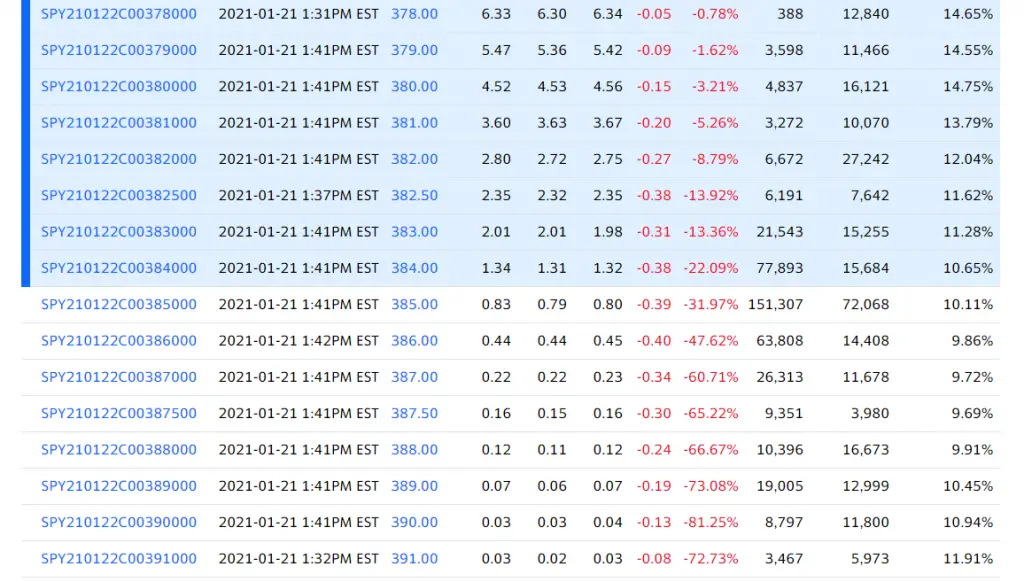Guest Post by Christopher Ebert @OptionScientist
I personally don’t believe in the “max. pain” theory of pinning, seeing it as an illusion instead. Here’s why:
Except for a very few traders who are using ITM options as a means of entering or exiting a stock trade, everyone else has generally exited their ITM options prior to expiration day.
For example if I own a stock and an ITM Put, I may allow it to exercise at expiration, thus putting some of my loss onto another trader. If I own an ITM Call, there rarely is any advantage to closing the trade before expiration (if I want to own the stock) because the Call, having lost all of its time value, gives me all of the profit of the stock without all the risk. The same is true, in reverse, for short options.
If I have an ITM Naked Put near expiration, having lost all its time value, there is no advantage over shorting the stock, but there is a big DISADVANTAGE – my profit is capped. Thus the only reason to keep a Naked Put open very near expiration is because I want the underlying shares put on me at a known price, for example, if I am short the stock. Even so, my risk on the short stock is unlimited but my profit on the ITM Naked Put is not – that’s not good risk management in most cases, but unfortunately sometimes necessary if options liquidity is poor. Even then, liquidity is only a problem if the option is TRADED, not if it’s EXERCISED, so really, the only folks left are those without sufficient capital to perform the exercise, or those who are asleep. Same for a Naked Call and Long Stock – unlimited risk on the stock, limited gain on the option – not a good mix unless it cannot be avoided due to liquidity or insufficient capital or a strong cup of coffee.
Taking the DISADVANTAGES of ITM options into account, it is only natural for open interest to decrease for those options, leaving only ATM and OTM options open. Of the remaining open interest, some traders may be using those options as a hedge, for example for gamma hedging, but it is unlikely that gamma hedgers would have a huge influence in the stock price, especially since gamma hedging tends to work best when options have gamma potential, which they don’t have much of near expiration at OTM strikes.
The end result is that the stock will almost always close at a price that is in-between the greatest amount of open interest, so that the most options expire worthless, but not because it gives those worthless option holders max. pain (it also gives the option sellers max. profit, after all) but simply because those options are leftover waste products, no longer needed by traders, and the ones that were useful have already been used up.
